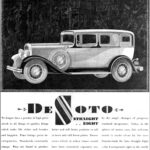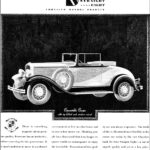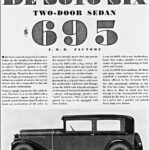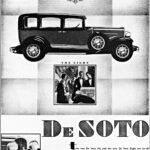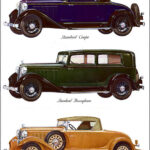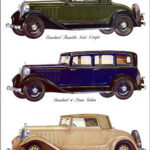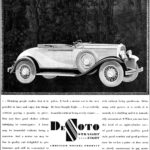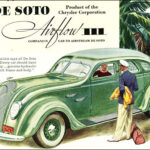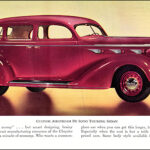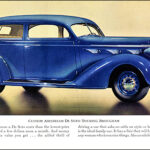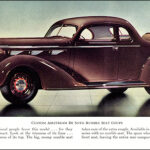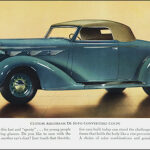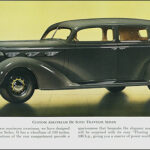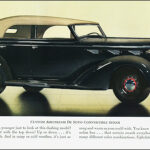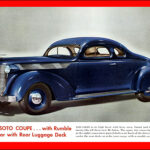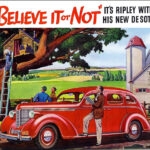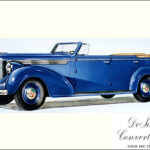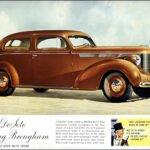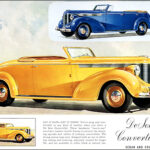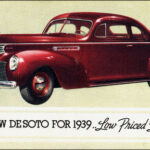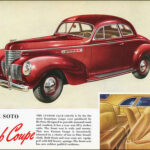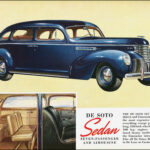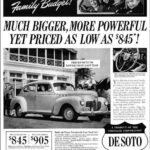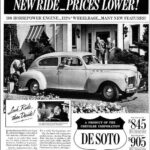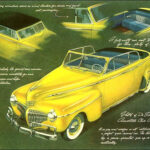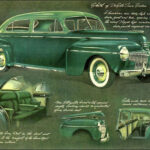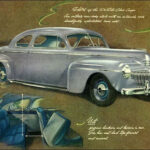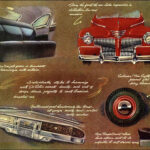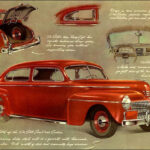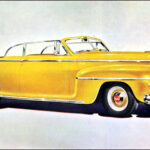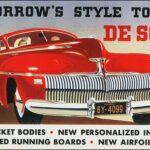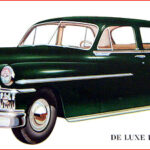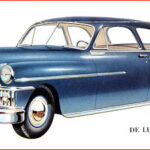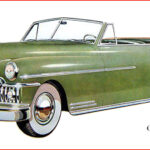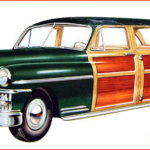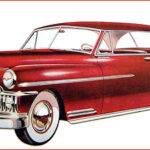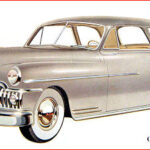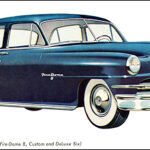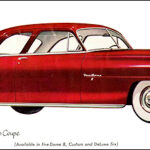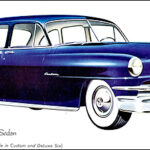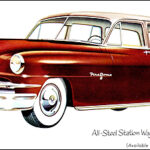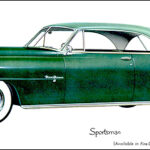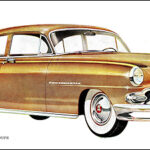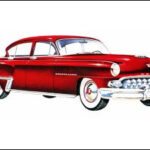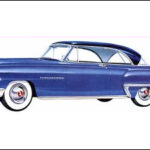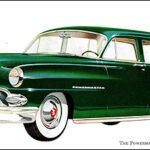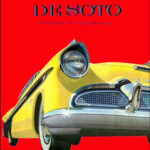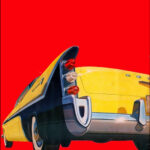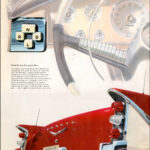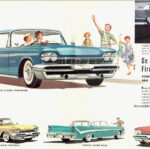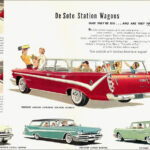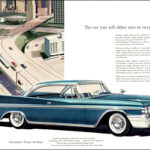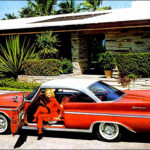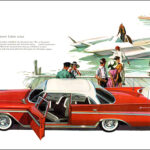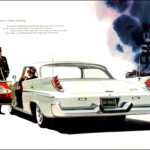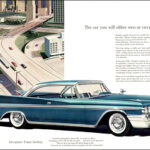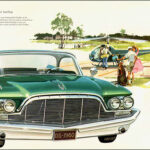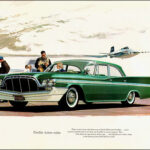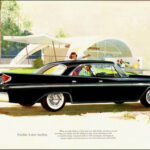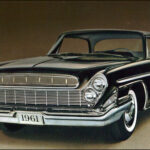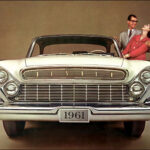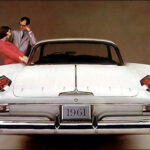- Mon. May 20th, 2024
Classic Cars, Movies, Music, and Other Stuff ...
De Soto Automobiles - What Happened to the Icon?
De Soto Automobiles – What Happened to the Icon? We’ve all heard of this “De Soto” automobile. Few of us have seen one. Just what was the De Soto all about, and where did it go? I was as curious as you, and did my own bit of digging around. Here’s what I found out – without getting bogged into the details, as I prefer to stay out of the technicalities and economics. I like aesthetics. So, let’s look back at De Soto Automobiles and what happened to them?
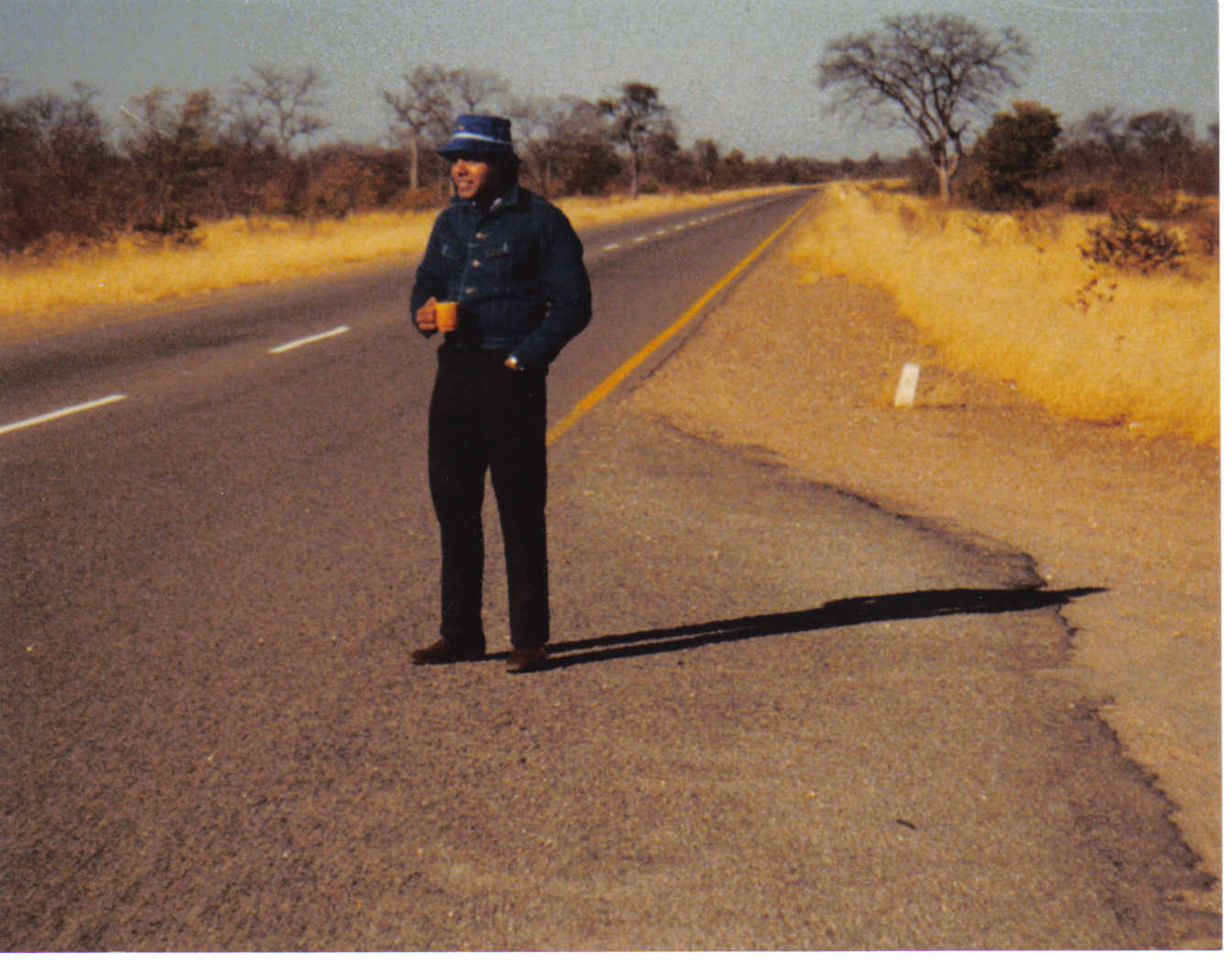
Thapson
Walter Chrysler introduced the De Soto in 1929 as a “more affordable” version of the Chrysler cars already available at the time. He named it, now likely politically incorrect, Spanish explorer Hernando De Soto.
Straight Six and Eight (1929-32)
The Six and Eight Range (Click to Enlarge)
The earliest De Soto cars were the Straight Six and Straight Eight – the numbers signifying the number of cylinders. They were also offered in convertible and roadster versions. The Eight was discontinued in 1932.
De Soto Airflow Introduced (1934-36)
The Straight Six, meanwhile, continued under different configurations. Once they acquired Dodge, Chrysler had two mid-priced cars in its stable and decided to split their models among them. So, in 1934, the De Soto Airflow was introduced with a very new design for that era. These were offered in a variety of ambitious configurations.
Airflow Range (Click to a Enlarge)
De Soto AirStream (1935-37)
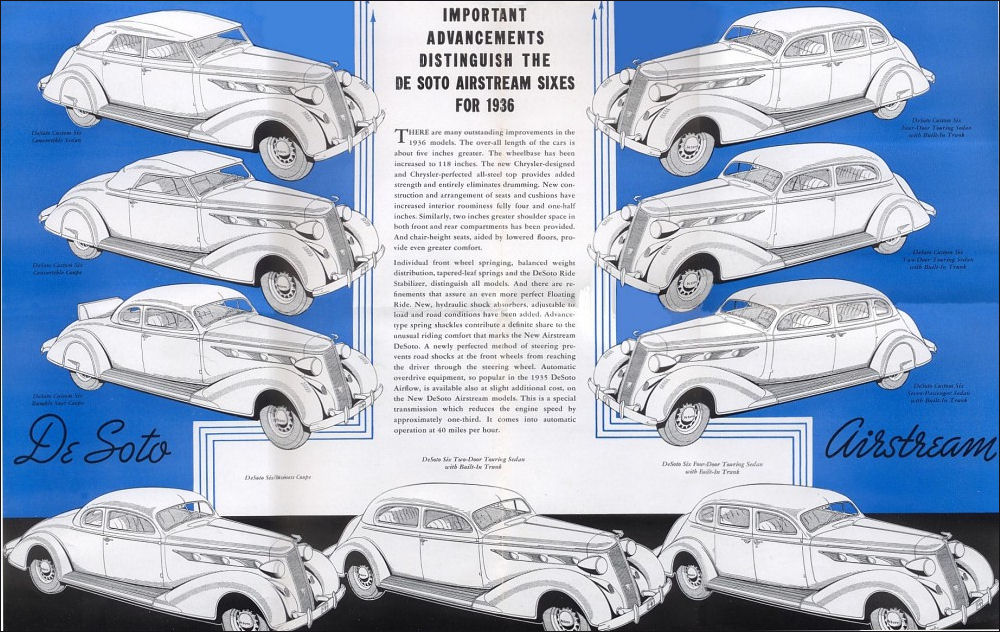
Unfortunately, the public did not appreciate this design and it damaged De Soto sales, while the rest of the Chrysler stable did well with their designs. The saving grace for De Soto arrived in the form of the Airstream which turned sales around for them. All this time the Airflow was completely abandoned by 1937.
Airstream Range (Click to Enlarge)
S-5, S-6, SP-7, S-7, S-8 Series (1938-42)
Over the next four years, De Soto came out with a steady stream of new models. While the nomenclature kept changing, the engine offering remained the same 6-cylinder, 228. However, this was tweaked yearly to produce more horsepower from the 93 to 105 HP by 1941. What was interesting, though, was the wide range of configurations these were available in.
S-5 Range (Click to Enlarge)
S-6 Range (Click to Enlarge)
S-7 Range (Click to Enlarge)
S-8 Range (Click to Enlarge)
However, the biggest change was yet to come in 1942 with the S-10
S-10 (1942)

In 1942 De Soto came out with the coolest looking car since the ill-fated Airstream. This was the S-10, and it had a revolutionary streamlined profile, hidden running boards, and headlights that could retract (Airfoil Lights) using a hand crank in the dashboard. Just the appearance illustrated the new look of cars. Unfortunately, WW II put a stop to this ambitious car as new model production was shut down until after the War.
S-10 Range (Click to Enlarge)
De Soto Custom and Deluxe (1946-51)

De Soto 1950 Custom and Deluxe Range (Click to Enlarge)
After the War, De Soto was back to making passenger cars. These were now available in the Custom and Deluxe models along with a range of configurations. By the late 40s, a new sense of optimism was reflected in the auto world as designs became bigger and more lavish. But it was not until 1952, that De Soto would come out with a completely new model.
De Soto Firedome (1952-59)
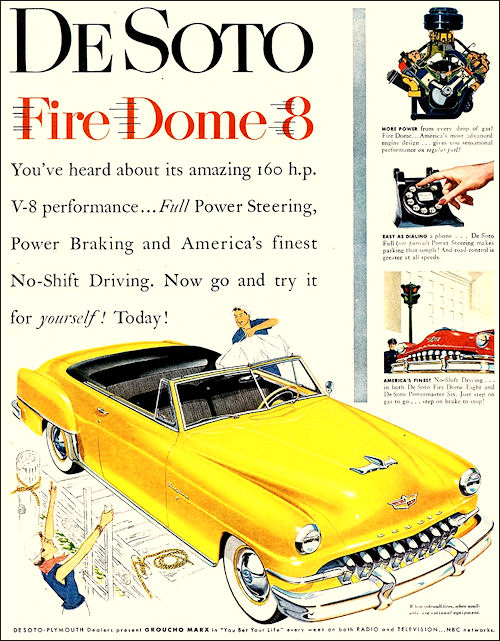
While the Custom and Deluxe models were still being manufactured, De Soto released a new 8-cylinder “Firedome” model in 1952, with a bigger 276, 160 HP motor. This was the “Hemi” engine.
De Soto 1952 Firedome Range (Click for Enlarged Image)
De Soto Powermaster (1953)
In 1953, the Custom and Deluxe models were discontinued and replaced by the Powermaster. This had much the same configuration as the discontinued models. During this time, De Soto also had an export model: The “Diplomat.” As usual all models also came in estate, 2-door, and convertible versions too.
1953 De Soto “Powermaster” Range (Click for Enlarged Image)
De Soto Fireflite (1955-60)
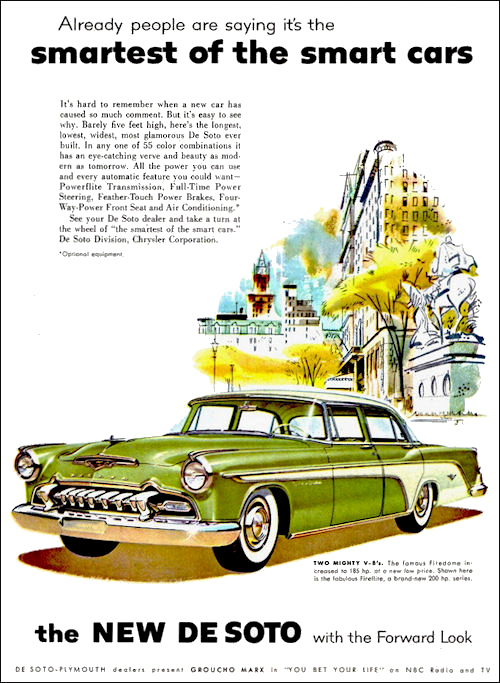
The Powermaster vanished by 1955, when there was yet another new model introduced: the De Soto “Fireflite.” By now all cars had achieved a considerably streamlined appearance. These changes were reflected in De Soto’s offerings. And this was the time that Virgil Exner, the famous auto designer, came out with “forward look” designs for De Soto. He was already involved in the designs for Chrylser and Studebaker.
This was probably the peak of the De Soto brand as exciting new models were introduced based on the new designs.
1956 De Soto Fireflite – Forward Look Design (Click to Enlarge)
De Soto Fireflite Range (Click to Enlarge)
De Soto Adventurer (1956-60)
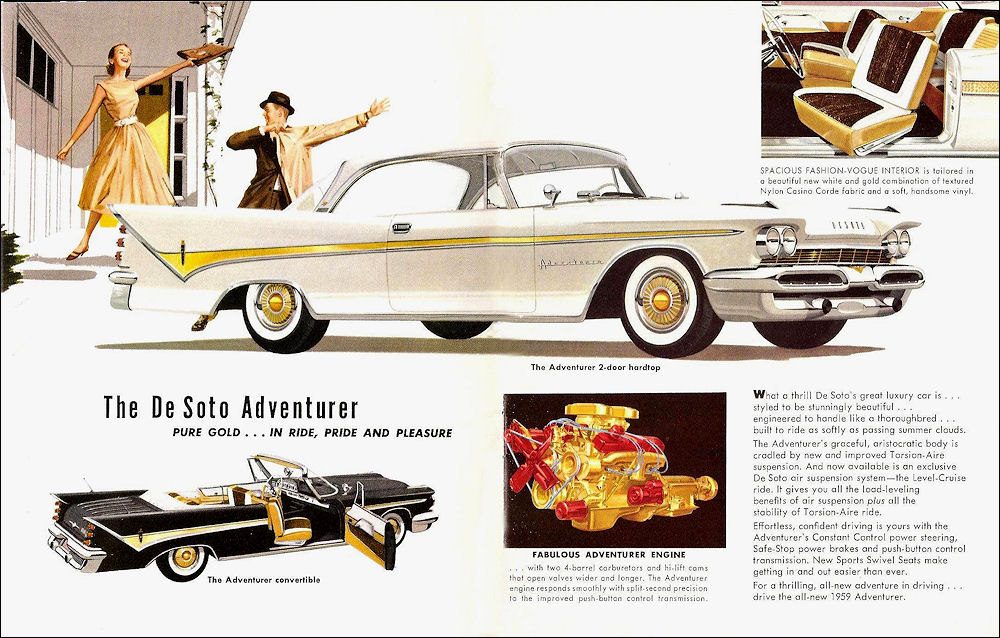
In 1956, one more new model was introduced in the “Adventurer” – a 2-door hardtop coupe. This was likely the height of Americas’ post-War prosperity and the competition to sell the ever demanding public more exciting models was heating up. Cars seemed to acquire the looks of jet aircraft, with tail fins making a major appearance on models.
De Soto Adventurer Designs (Click to Enlarge)
De Soto Firesweep (1957)
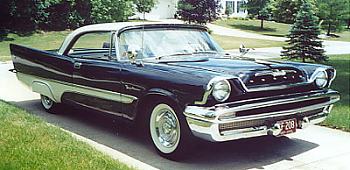
1957 saw the introduction of a yet another new model in the “Firesweep.” This was likely the biggest De Soto yet with an even bigger V-8 engine, huge tail fins, sleek low profile, and push button transmission. Americans had never had it better with the offerings from manufacturers now as all these models were available in a wide variety of configurations.
Four De Soto Models by 1958
By 1958, the Adventurer, Firedome, Fireflite, and the Firesweep were the mainstay of De Soto models. And things were looking up for the division. But it was not to last.

De Soto Sales Falter – Two Models Discontinued (1959)
There was an economic downturn in 1958 which had a serious effect on De Soto as its sales plummeted. The result was the cancellation of two of their models – The Firedome and Firesweep. This was likely the beginning of the end of De Soto.
But there was still hope, as a prototype for a De Soto sports car was in the works. This being the Cella I.

De Soto Continues with Adventurer and Fireflite (1960)
De Soto continued improving on the remaining two cars in its stable. New technologies were incorporated. Externally the fascia had a more 60s look to it, although the tail fins were still there. While De Soto continued along boldly, the writing started appearing on the wall.
L to R: 1960 De Soto Adventurer, and 3 Fireflites (Click to Enlarge)
The Final Chapter (1961)
The decision to cease production had been made in September 1960. The remaining parts inventory was used to manufacture the last few cars, with the last one rolling out by November end, 1960.
Many dealers ended up selling their last De Sotos at a loss. These were a 2-door hardtop coupe and a 4-door hardtop sedan. De Soto was absorbed into the Chrysler and Plymouth divisions.
1961 De Soto Hardtop Sedan (Click to Enlarge)
Thus, came to an end a well-conceived, but ill-fated idea; named after famed Spanish explorer, Hernando De Soto. De Soto – what happened? I guess it was a combination of factors. The most likely one, could be the same one that led to GM shutting down some of its division: duplication of models and public confidence of one over the other. But I may be oversimplifying it.
Epilogue
This was my look at the often mentioned, but rarely seen De Soto automobile. Hopefully you have a better understanding and appreciation what these cars were all about.
I’ll be back with another look into the “Cars of our Lives.” I look forward to hearing anything you might have to say using the link below.
Last Three Posts under “Auto”
Is the 60s a Golden Decade for the Convertible?
Ford Capri – “Fun For the Common Man”
Check Out These Three “Coins in The Fountain”
